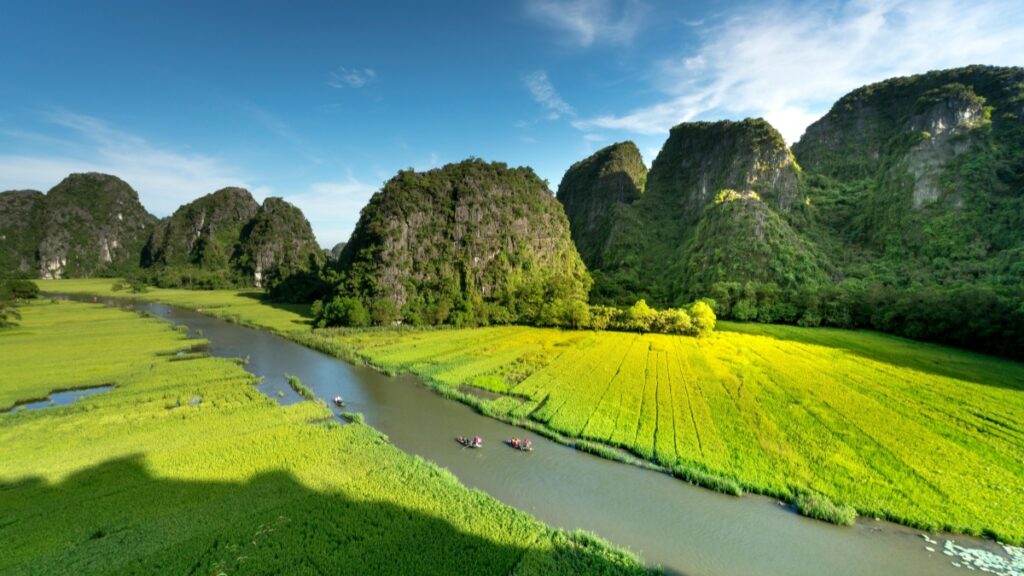If you’re running digital marketing campaigns in Zimbabwe, especially on Twitter, knowing the right advertising rates and how to optimise your ad spend is key. As of 2025 June, Zimbabwe’s online landscape is buzzing with local brands and influencers tapping into Twitter’s potential. In this article, we’ll break down the 2025 Zimbabwe Twitter advertising rate card across all categories, sprinkle in some real talk about marketing cost, media planning, and how to make your kwacha work smarter, not harder.
📢 Zimbabwe Twitter Advertising Landscape 2025
Twitter remains one of Zimbabwe’s prime social platforms for news, entertainment, and brand buzz. Unlike Facebook or WhatsApp, Twitter’s public feed makes it a hotspot for quick trend-jacking and influencer shoutouts. Local brands like Econet Wireless and OK Zimbabwe have ramped up their Twitter presence, blending organic posts with paid ads to boost engagement.
The way we pay for ads in Zimbabwe usually involves US dollars or ZWL (Zimbabwean dollar) via mobile money platforms like EcoCash or OneMoney, keeping things convenient for marketers and influencers alike. Payment flexibility is crucial because the kwacha can be volatile, and many advertisers prefer pegging budgets in USD for stability.
💡 What’s the Marketing Cost on Twitter in Zimbabwe
Advertising rates on Twitter vary depending on ad type and targeting. Here’s a rough breakdown for 2025 Zimbabwe Twitter ad spend:
-
Promoted Tweets: Start at around $0.10 to $0.20 per engagement (like, retweet, click). For local brands targeting urban youth in Harare, expect to spend about $500 to $1,000 monthly for decent reach.
-
Twitter Trends Sponsorship: These premium slots can cost upwards of $5,000 monthly, mainly used by big players like Old Mutual or Zimbabwe Tourism Authority during campaigns.
-
Video Ads: $0.15 to $0.25 per view, popular with FMCG brands like Nyaradzo Group pushing product demos.
-
Follower Campaigns: $0.05 to $0.10 per follow, useful for emerging influencers wanting to grow their Twitter clout quickly.
Remember, these prices can shift depending on your media planning strategy, targeting options, and ad duration.
📊 How Zimbabwean Advertisers Are Planning Media Spend
In Zimbabwe, marketing cost management is a big deal because budgets are tight and ROI must show fast. Advertisers here tend to blend Twitter ads with WhatsApp broadcasts and Facebook campaigns. Twitter is often used for brand awareness and sparking conversations, especially around product launches or events.
Media planners often allocate around 20-30% of their digital budget to Twitter, given its urban, young, and opinionated user base. For example, the travel company Wild Horizons combines Twitter ads with influencer partnerships — paying local travel bloggers like @ZimTravelGuide to tweet about safari specials, driving bookings directly.
❗ Legal & Cultural Factors Affecting Twitter Advertising in Zimbabwe
Zimbabwe’s advertising environment has some unique wrinkles. The Advertising Standards Authority of Zimbabwe (ASAZ) governs what can and can’t be advertised. Political ads, for instance, are tightly regulated. Also, cultural sensitivity is a must. Tweets promoting alcohol or gambling come with disclaimers and age restrictions.
Marketers need to be mindful of language — mixing English with Shona or Ndebele resonates better and avoids the “foreign brand” vibe. Influencers often sprinkle in local slang, making ads feel more authentic.
🧑💻 People Also Ask
What are typical advertising rates on Twitter in Zimbabwe for small businesses?
Small businesses can expect to spend between $200 to $700 monthly on Twitter ads, mostly on promoted tweets and follower campaigns. It depends on targeting and campaign goals.
How do Zimbabwean brands measure Twitter ad spend effectiveness?
Brands track engagement rates, click-throughs, and conversions using Twitter Analytics and third-party tools. ROI is king, so marketers align Twitter spend with sales data or lead generation metrics.
Can local influencers help reduce marketing cost on Twitter?
Absolutely. Collaborating with micro-influencers like @HarareHustle or @ZimFoodie can lower marketing cost by tapping into niche audiences with authentic tweets, often at a fraction of paid ads.
Final Thoughts
In 2025 Zimbabwe Twitter advertising is a solid tool for brands looking to connect with urban youth and opinion leaders. Understanding the advertising rates, ad spend patterns, and cultural nuances will help you plan a media strategy that delivers bang for your buck. Whether you’re a brand or an influencer, keep your finger on the pulse of local trends and payment methods to stay agile.
BaoLiba will keep updating Zimbabwe influencer marketing trends, so make sure to follow us for the freshest insights and practical tips.

